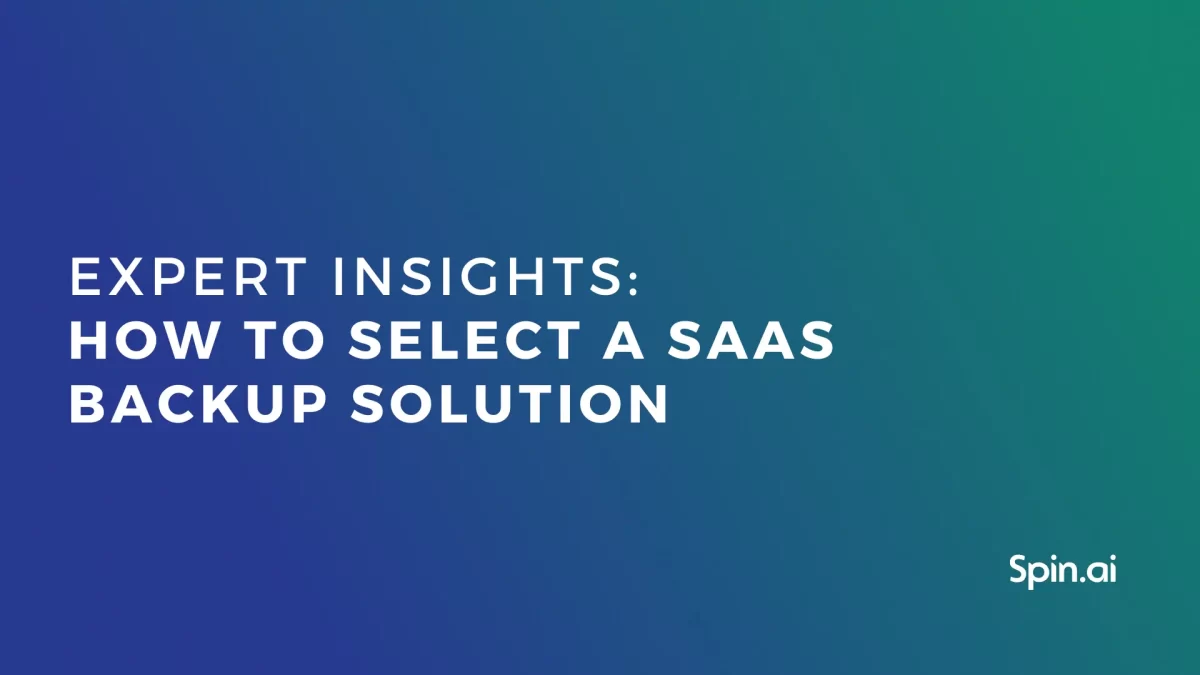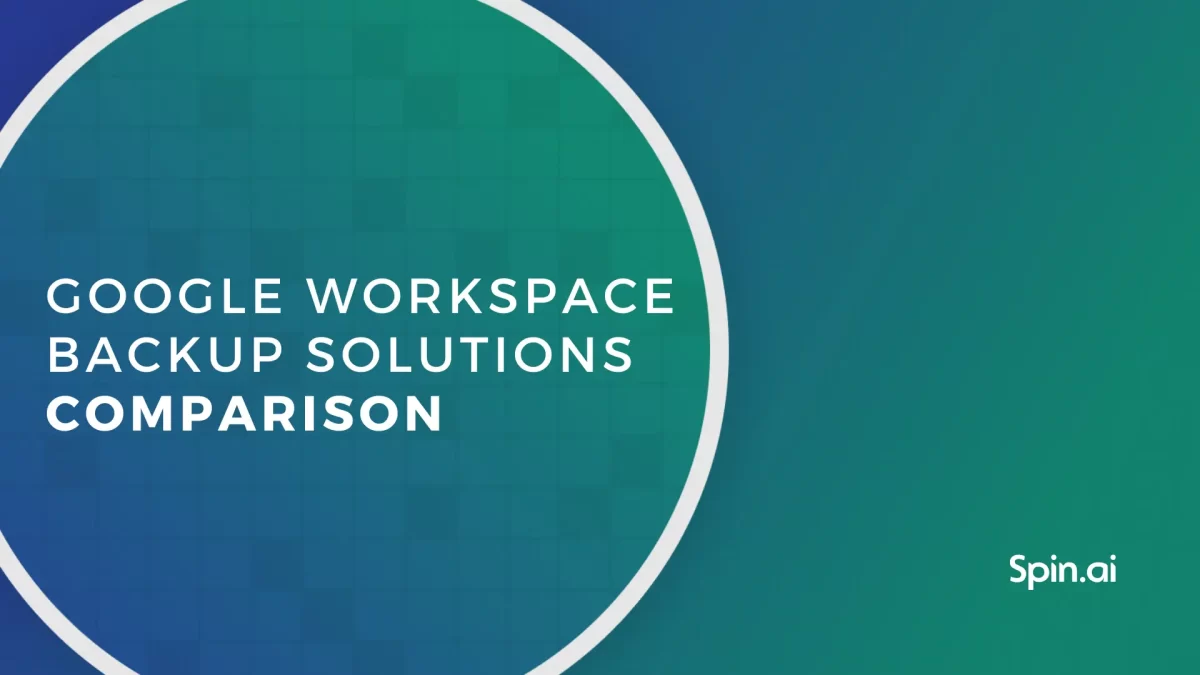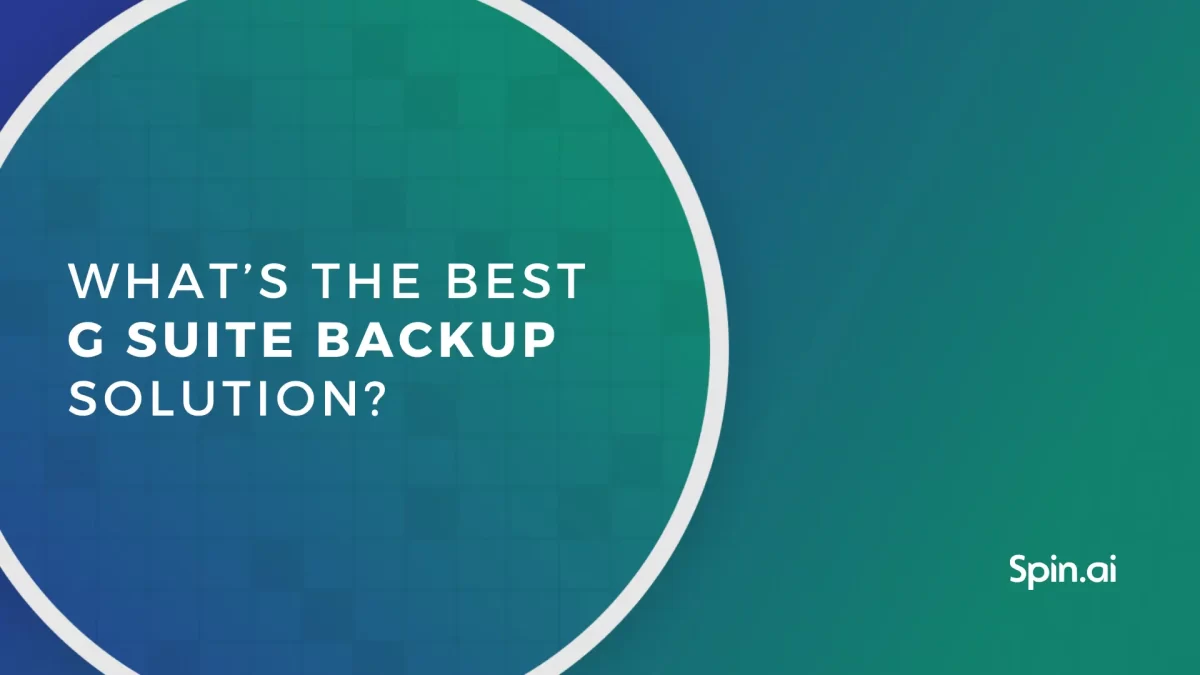What Is Data Archiving: Definition, Benefits, and Best Practices

Data archiving can be valuable for organizations. This post explains what data archiving is and what it’s not and provides best practices for it.
What is data archiving?
Businesses generate large volumes of data necessary for their operations. Some of it gets outdated. It can and should be deleted to keep costly space in the storage. However, some legacy data must be retained for various purposes, e.g., to comply with the laws or for further reference in the future.
Data archiving is the practice of keeping legacy data in separate storage to cut costs and ensure security.
What are the benefits of archiving data?
There are five main benefits of data archiving:
Data retention
Archiving helps retain data that might be necessary for the future. For example, after a project is over, the client might come back to make changes or extend it.
Data management
Storing legacy data in a separate location helps manage the rest of the data better. The less data in your main storage, the easier it is to keep it up-to-date and well-organized.
Security
The storage you use regularly is vulnerable to multiple cyber threats such as ransomware, human error, or man-in-the-middle attack. Keeping the essential legacy data in a separate location decrease its exposure to those risks.
Cutting storage costs
The storage costs for on-prem and cloud solutions are high. Archiving helps cut costs for both of them: creating archive files for on-prem and choosing cheaper storage for the cloud.
Compliance
Modern legislation in many countries mandates the retention of specific data. Archiving helps comply with these laws.
Data archiving vs. backup: What is the difference?
Sometimes people confuse backup and data archiving. They are not the same as they serve different goals and are applied to different types of data. Check out the table below to see the differences:
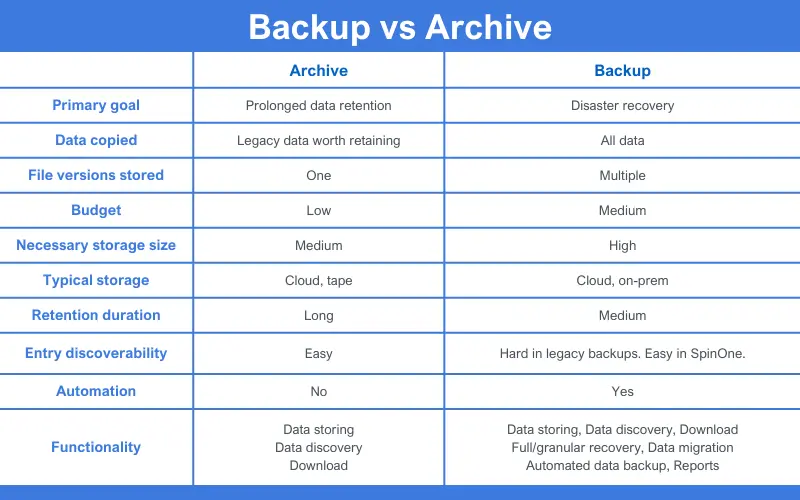
Overall we suggest having both a data archive and a backup. It is the best solution money-wise and security-wise. Learn more about data archiving vs. backup.
Data archiving use cases
Data archiving is used in two main cases:
- Law requirements
For example, healthcare institutions must retain HIPAA-related data for at least 6 years since the creation of the record and then another 6 years since the last day of policy according to CFR §164.316(b)(2) (i).
Another example is the 7-year-long retention of receivable or payable ledgers and tax returns mandated by Sarbanes-Oxley (SOX).
Data archiving provides a cheaper and more secure option for the storage of these records.
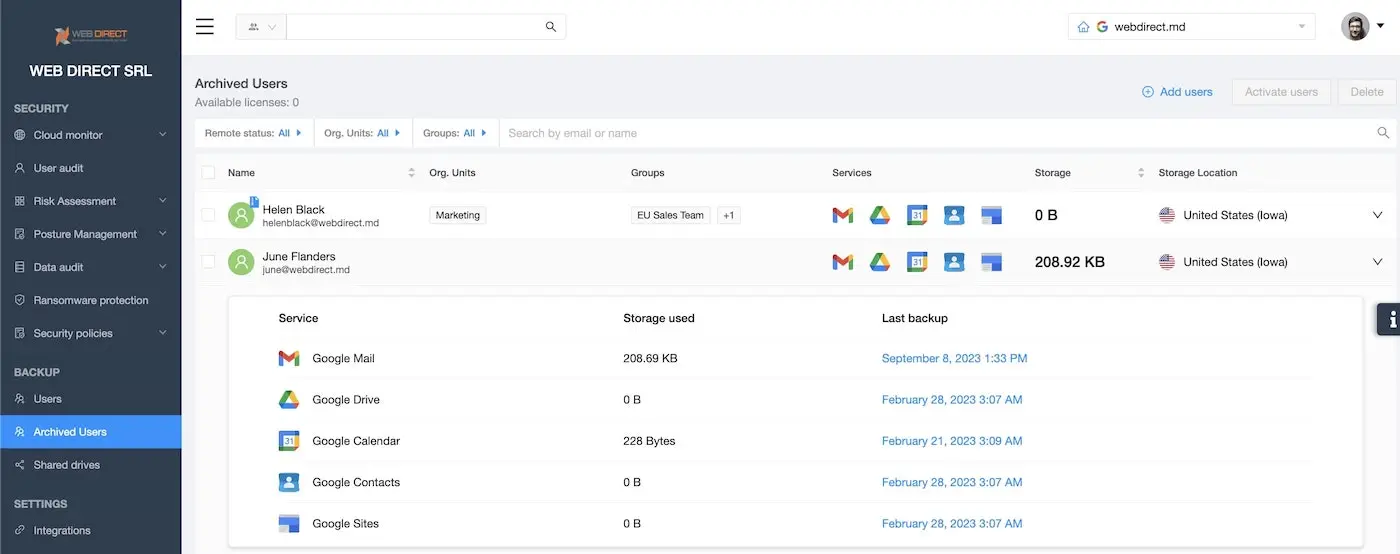
- Documentation for finalized projects
For example, construction firms have terabytes of data on a single building they’ve erected. This documentation might not be mandated for storage. However, in case something goes wrong with the building, these documents might be necessary in court.
Another use case is the ability to “copy” the old project. Let’s say, a uniform manufacturer has a regular client (a hotel) that orders a large batch of uniforms for their personnel once a year. The company would want to keep all the pertaining information in a separate storage and then just copy their previous records. Even if minor changes are necessary (e.g., the new colors, or new fabric), it’s still easier to add them to a ready-made project than do everything from scratch.
- Data analysis
With the development of data analytics and AI technologies, companies want to leverage their data to make accurate predictions for the future. Data archiving can help companies preserve their data that can be later used in data analytics.
Data archiving strategy for SMBs
The data archiving strategy is a part of the data management strategy. It helps companies organize their information better. Here’s how to create a data archiving strategy in six simple steps:
- Identify the types of data you need to archive. You will want to cooperate with other departments, most importantly, the legal department. Additionally, outline where the data you wish to archive is stored: on-prem or cloud.
- Once you’ve mapped your data, determine the retention period of each type of archived data. For example, some records must be preserved for two years, while some need a decade or more.
- Check the available budget for archiving and select archiving software. If you use backup, chances are they have an archive feature. For example, SpinBackup for Google Workspace and Microsoft 365 offers data archiving at a lower price than these SaaS tools.
- Decide on the schedule of data archiving and the occasions on which you will perform it. For example, when an employee leaves and you need to delete their Google Workspace account, you can archive their data before deleting it.
- Determine the employee responsible for data archiving. It can be you or other employees in the IT department.
- Lay down the strategy summarizing all the above items in a single document.
What data archiving tools to choose?
There are plenty of data-archiving solutions on the market. We suggest acquiring a backup with archiving functionality. It will help you save costs and manage your tech stack better. With the ever-increasing number of tools, it is best to have a single pane of glass than many siloed tools.
SpinBackup has a backup for Google Workspace and Microsoft 365 with data archiving functionality. The key features include the following:
- daily automated data backup
- storing files on AWS, GCP, or Azure
- separate storage for archived users
- easy data transfer between accounts
- granular recovery
Was this helpful?
How Can You Maximize SaaS Security Benefits?
Let's get started with a live demo
Latest blog posts
Expert Insights: How to Select a SaaS Backup Solution (Part 2)
April 26, 2024Welcome back to our blog series on SaaS data protection. Part 1 focused on data... Read more
Google Workspace Backup Solutions Comparison
April 26, 2024The number of Google Workspace (formerly GSuite) backup solutions is overwhelming, and choosing the right... Read more
What’s the Best Google Workspace Backup Solution?
April 26, 2024In today’s digital age, businesses rely heavily on cloud-based services like Google Workspace (G Suite)... Read more
